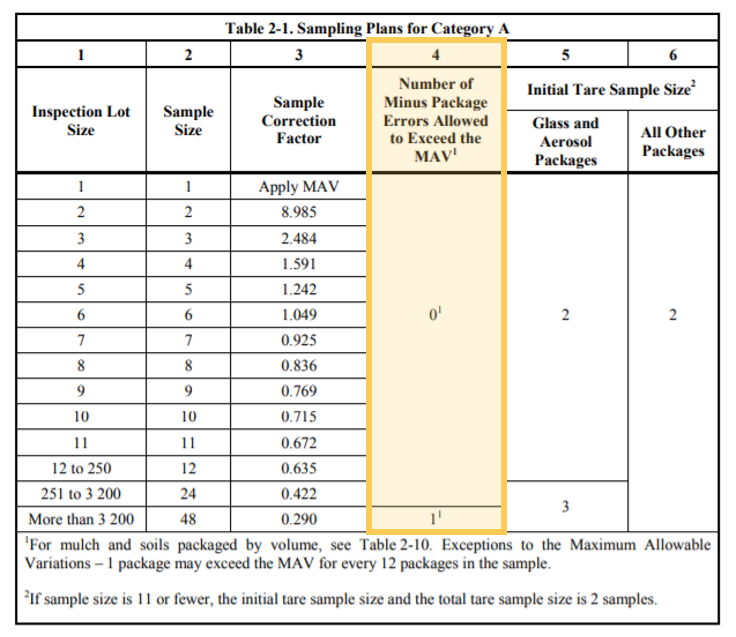What Election Results Have In Common With Net Weight Control Programs
Have you ever wondered how the news networks can call the outcome of an election when only a tiny fraction of the votes have been tallied?
For those of you in food & beverage manufacturing, the process used is quite similar to how a department of weights and measures inspector looks for underweight product in a retail store. By sampling only a fraction of your production lot, they seek to infer an accurate (enough) picture of its net weight distribution. This includes checking that the average weight is at or above label weight, and zero individual packages are likely to be below the maximum allowable variance (MAV) from label weight.
So what if the first package they test is below label weight? Is that automatically a lightweight violation? Unlikely. The regulator knows that manufacturing processes produce a distribution of package weights, and some of these will be below the label weight. What if 8 of the first 10 packages they test were to be below label weight? Is that a violation? Here’s where things get exciting, and the likeness to predicting election results becomes apparent.
To keep things simple, let’s focus on the inspector’s task of determining whether there are any packages below MAV within the lot. Upon weighing the sample packages, the inspector calculates a “raw” mean weight and standard deviation (SD) for the sample. Assuming there are no packages below MAV within the sample (though the existence of one doesn’t necessarily mean a violation - see the table to the right), the next step is to create a bell-curve distribution for the lot based on its mean and SD. Then, based on this distribution, you can deduce the likelihood of the packages being below MAV.
But hang on a minute, you ask, what if the sample mean and SD are not representative of the whole production lot? By chance, the sample mean could be lower and its SD could be higher than the lot as a whole, erroneously suggesting the presence of lightweight product. Similarly, tallying a small percentage of the votes from an election and assuming the winner’s percentage will remain the same after all votes have been tallied is erroneous to some extent.
To compensate for this possibility of error, the news network's statistics team decides how much a candidate must be leading for their victory to be virtually assured once all votes are counted. This degree of "cushion" that a candidate must be leading depends on the proportion of the votes tallied. The smaller the proportion, the greater the cushion required to declare victory. As the proportion of votes tallied grows, less cushion is needed to declare a winner.
The amount of cushion is known as the "sample correction factor" (see table below). The smaller the sample size, the greater the correction factor applied to the standard deviation of the sample. If the sample's SD were significantly larger than the SD of the whole production lot (meaning it is more likely to have lightweight product), the correction factor would offset this and not unduly penalize the manufacturer for a chance occurrence in random sampling. If an inspector continues weighing additional packages and increases their sample size, the correction factor shrinks accordingly as the sample mean and SD becomes more representative of the production lot as a whole.
Of course, just as with tallying election results, you can still get a false positive where the degree of cushion applied in the statistical model is insufficient. In the case of elections, the wrong candidate is declared victorious. In the case of food & beverage production, you'll need to take it up with your department of weights and measures regulator.
Like this insight? You might like:









